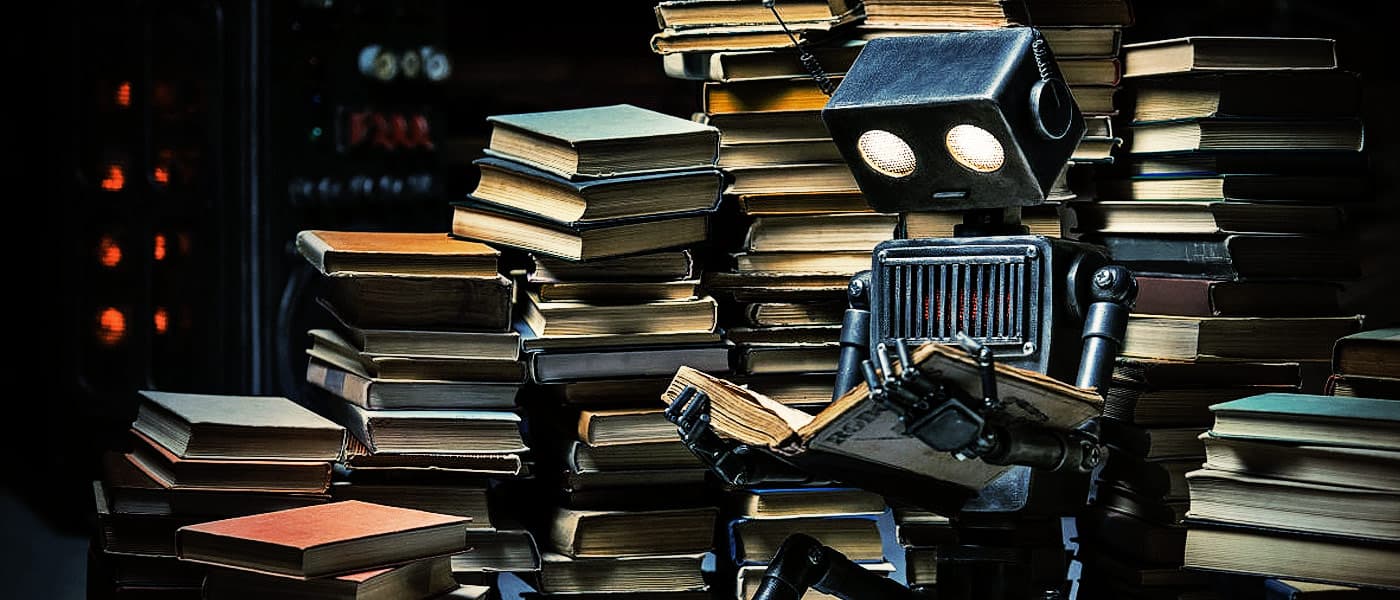Past Failures
The use of machine learning has allowed us to solve many of our problems. It can allow us to effectively manage bandwidth, possibly predict solar flares, automate the rooting out of weeds, and so much more. The ability to learn and experience the world much as humans do allows our machines to be better at the tasks we give them.
Sometimes, they're even better than humans are. US chemists have created a machine-learning algorithm that studies successful and failed experiments in order to beat humans at predicting ways to make crystals.
The study, which was reported in Nature, involved the creation of templated vanadium selenites: compounds of vanadium, selenium and oxygen, in which small organic molecules, such as amines, guide the arrangement of the elements.
To train the algorithm, it was fed data on nearly 4,000 attempts to make the crystals under different conditions such as temperature, concentration, reactant quantity and acidity. This involved transcribing data on failed "dark reactions" from the chemist's own lab notebooks into a format the machine recognizes and understands. Using this data, the machine was tasked with picking out principles that separated successful experiments from failures.
Testing
For their test, the researchers chose previously untried combinations of reactants, and then tried to predict the combination of reactant conditions that would be best to make selenite materials. The algorithm was able to give combinations that resulted in a crystalline product in 89% of around 500 cases. By comparison, the researchers' ten accumulated years of experience with the materials was successful only 78% of the time.
The chemists then converted the results into a decision tree, or a series of makeshift rules that scientists can use for guidance in the lab, involving simple questions like "Is sodium present?" or "Is the pH greater or less than 3?"
To facilitate further study and to get more data, the team has set up a website, called the Dark Reactions Project, to encourage others to share—in a machine-readable format—their own failed attempts to make new crystals.
As Alex Norquist, a materials-synthesis researcher who participated in the study, observes, "Failed reactions contain a vast amount of unreported and unextracted information. There are far more failures than successes, but only the successes generally get published."
Share This Article
